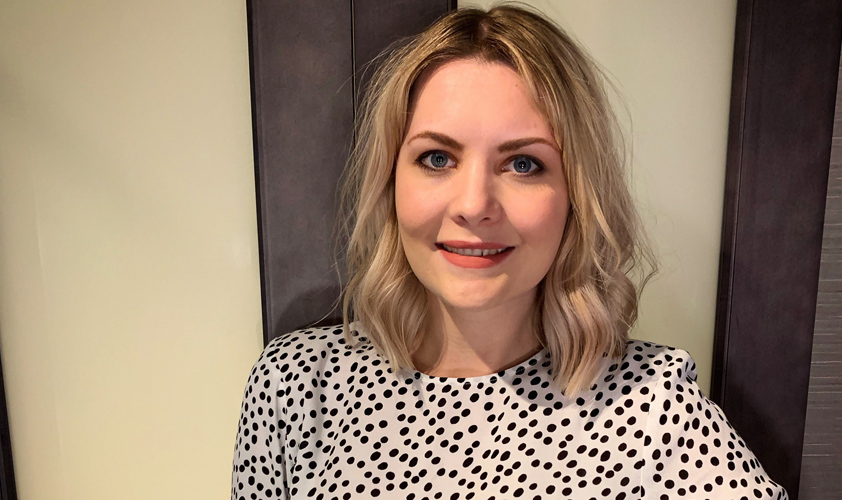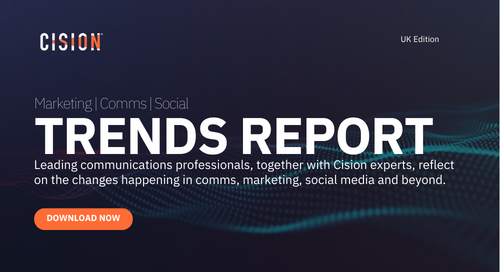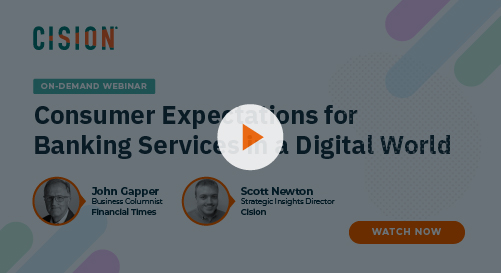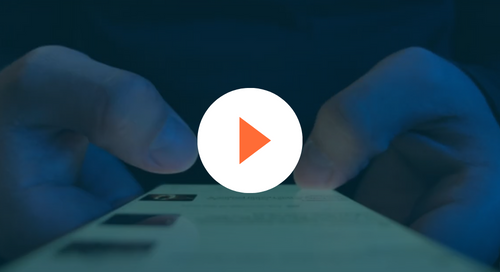
Katie Watts, senior press officer at MoneySavingExpert, explains how the site builds its own influencers, the reasons behind this strategy and the benefits it brings.
It’s 2019 – social media has been around for more than a decade. Gone are the days when you’d read a story in a newspaper and then discuss it weeks later, when you happen to cross paths with a friend or pick up the phone to them. Now people share the original piece of content online instantly, and you see the content I shared with you exactly as I saw it.
For this reason, consumers are savvier. They are wiser to placed PR or paid influencer work. Add to that the ASA’s and CMA’s new regulations on transparency, and the result is that consumers have lost trust in that PR is genuine.
At MSE, we have built our own ‘influencers’ from the people within our editorial team – those who really do know their stuff. They are the journalists, analysts and editors who day-in and out are already helping consumers make sense of their finances.
At the helm is consumer champion Martin Lewis, but we also have 10 other experts covering all categories, from banking and utilities, to reclaiming and complaining, to deals and hacks – even haggling.
Media training someone to become a spokesperson at MSE involves giving them the confidence to distil interest rates or complicated T&Cs into the key need-to-knows for consumers and most importantly, the action they need to take.
We invest time in briefing journalists and producers about who we are and what we can talk about. When an issue comes to light in the media – for us, that’s usually when something goes wrong, e.g. cancelled flights – our experts are called upon to shed light on the situation. From there, they collect their own following from that programme or paper’s audience and build trust with them the more they are called back for different stories. They then become regular fixtures.
Creating an ‘influencer’ often relies on consistent PR – the same faces are used for their specialist commentary on TV, radio, in print, online. Ours have regular ‘how-to’ slots on local radio. They are visible on our owned social media channels, particularly video. And we even include spokespeople messages on our own site content – be that a news story, blog or campaign – telling consumers the most important things they need to know.
Even individuals from case studies can be empowered to become influencers and advocates for your cause. It’s absolutely possible to use the talent you already have to spread your messages – all it takes is a little media training.
To discover more about the different influencer marketing tactics you can use as the discipline matures, download our latest white paper – Is influencer marketing a busted flush? – by filling in the form below:
About Alister Houghton
Alister writes about the PR and comms industry as content marketing manager at Cision. Send press releases, interview pitches, Inside the Campaign/PR case study examples and thought leadership pieces to alister.houghton@cision.com.
Learn More. Do More. demo new
PR Tips, Case Studies, and Product Updates

Trends Report: Marketing, Comms & Social
The rise of AI, data-based insights and the challenges of Twitter’s new ownership are just some of the areas reshaping the comms industry in 2023. But what can we expect going forward? We’ve assembled a panel of eight experts – four from Cision and...

[On-demand Webinar] Consumer Expectations for Banking Services in a Digital World
Financial Times columnist John Gapper and Cision’s Senior Director, Strategic Operations, Scott Newton share their views on how customers relationship with money and banks is changing.

Responding to a Crisis: Uber’s Cyber Hack
For any organisation operating in the digital realm it’s no longer a question of if a cyberattack will happen, but when. In such a privacy-conscious climate, the damage caused by a data breach can be critical. Uber has experienced multiple data...
